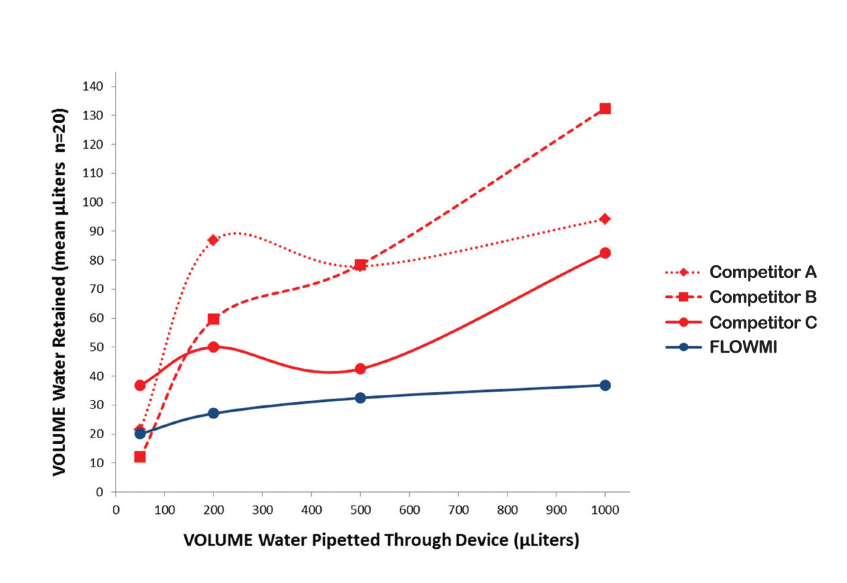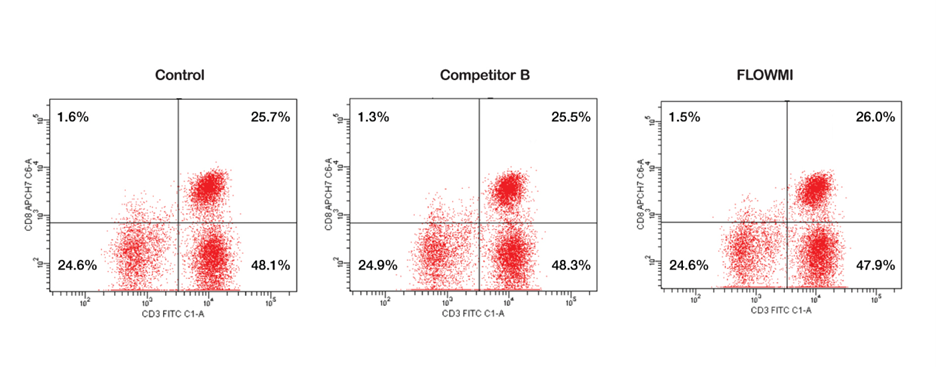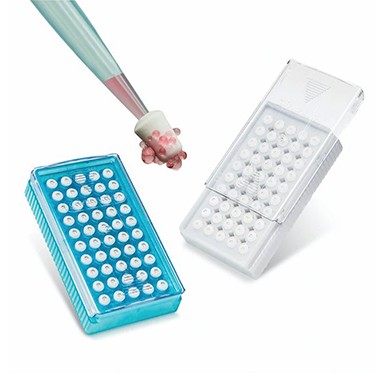Filtering Samples Prior to FLOW/FACS Analysis Without Sample Loss
An Interview with the Inventor of Flowmi Cell Strainers
Dr. Steve Zatechka, inventor of the Flowmi Cell Strainer, has focused on gene targeting technologies, genetic engineering, and developing new biotechnology-based protocols. Since much of this research involved flow cytometry, Zatechka became more aware of the inefficiency of available filtration methods, which often meant the loss of precious samples. A natural born problem-solver and solution seeker, he developed a quick, easy, and reliable filtration method to minimize sample loss and reduce the likelihood of clogging instruments.
Why Should Samples Be Filtered Prior to FLOW/FACS Analysis?
Sample filtration is critical for removing cellular and sample debris before performing fluorescence-assisted cell sorting (FACS) or flow cytometry analysis (FLOW). Only clarified and individual cellular particles should enter flow cells for detection analysis. Disregarding this filtering step can lead to flow cell clogging, impeded flow of aligned cells, and, ultimately, the loss of precious sample.
In addition to sample waste, clogged flow cells require instrument maintenance and recalibration, which can result in both expensive repairs and the loss of useful instrument time. It is a universally accepted practice to filter samples using membranes with pore sizes from 40 to 70 µm before FACS/FLOW analyses.
What Is Flowmi?
These simple-to-use cell strainers easily and quickly press-fit onto the end of standard 1000 mL pipette tips to allow one-handed sample clarification by filtering out cellular debris. Flowmi strainers are as simple as aspirating or dispensing with a pipettor.
What Are the Limitations of Traditional Filtration Methods?
Traditional filtration has been performed with cell strainers that work with gravity or “home-made” filters that use cut mesh. These methods can be cumbersome and may require additional pressure from a pestle, which can potentially damage the cells and affect cell recovery. Due to retained volume across the filtering surface area, there is also often a loss of sample associated with the use of these products. Since many of the samples being processed yield low volume recovery or exist as rare cell populations, researchers may be reluctant to pre-filter samples for FACS or FLOW analysis since they may lose sample volume.
Why Is Flowmi a Better Alternative?
Flowmi performs fast and efficient filtration and avoids wasted time and costly delays. Using a pipettor to push the crude sample preps through a filter on the pipette tip offers more controlled, rapid, and gentle filtration than gravity alone. The Flowmi filter’s small size minimizes fluid retention for very little sample loss (see Figure 1). Field tests have demonstrated minimal fluid retention with filtration passage, enhanced sample volume recovery, and minimal loss of desired specific cell types when compared to competitive products (see Figure 2).

Figure 1: Flowmi and three competing strainers were examined at four different pipetted volumes. The volume of water retained is represented by the mean difference in weight before and after pipetting.

Figure 2: Cytograms of CD-CHEX Plus Cells; cytograms and "percent of parent" data demonstrate no loss of specific cells using Flowmi vs. a competing filter.
How Are Flowmi Strainers Made and What Sizes Are Available?
Flowmi cell strainers are constructed from high-quality, low-density polyethylene (LDPE) using a proprietary manufacturing process. They are pre-sterilized using gamma irradiation and available in 40 and 70 µm sizes to meet your specific needs.
About the Interviewee
Dr. Steve Zatechka earned his PhD in biochemistry and molecular biology from the University of Nebraska Medical Center and his MBA from the University of Memphis. He completed his postdoctoral fellowship with the Howard Hughes Medical Institute at St. Jude Children’s Research Hospital. Dr. Zatechka's research and training focused on gene targeting technologies for genetically engineering biological models of disease and the development of novel applied biotechnology-based protocols.




